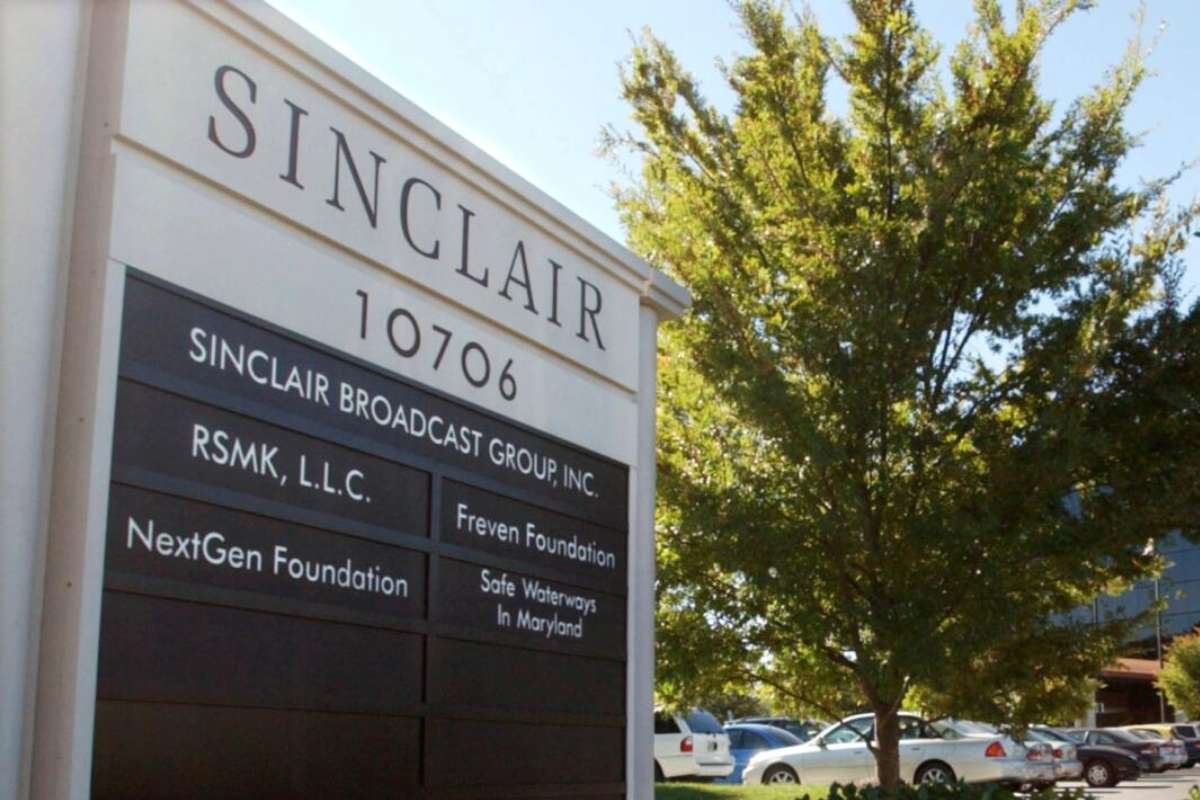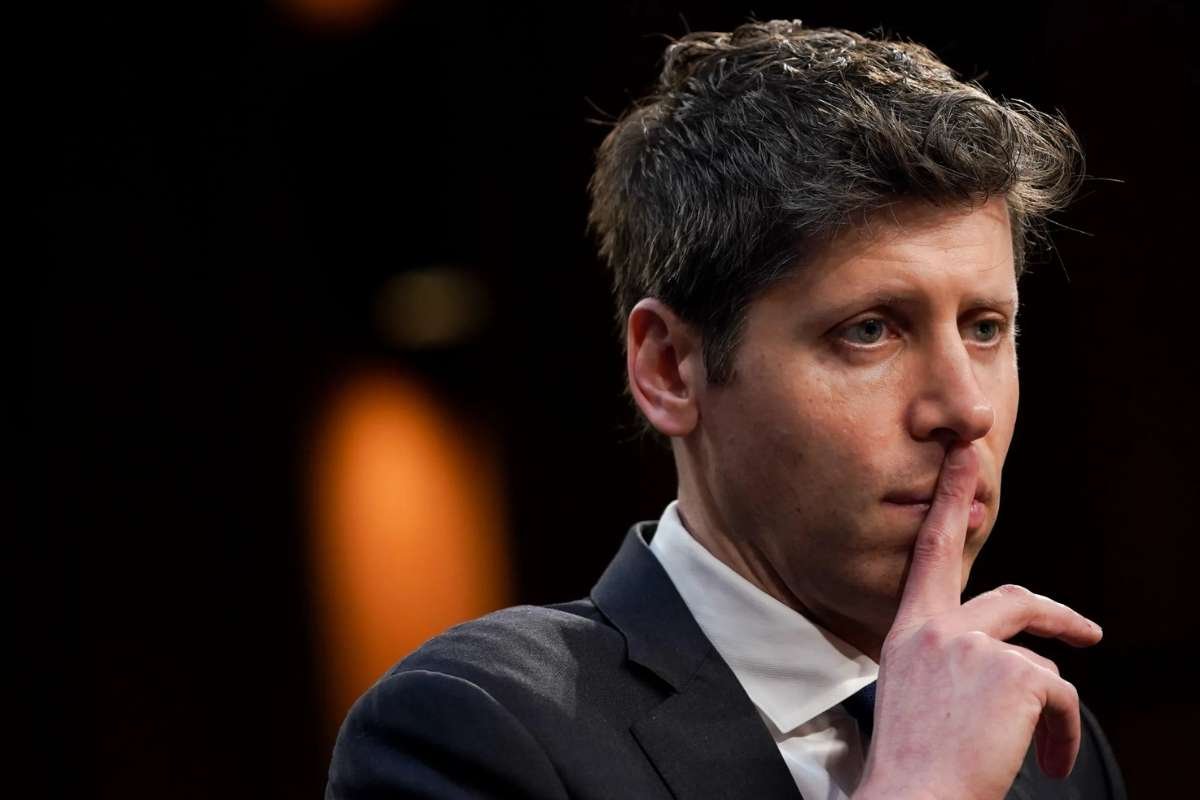Key Points:
- Sinclair offers $7/ share to acquire Scripps
- Merger projected to deliver $300M in annual synergies
- Scripps board reviewing bid amid regulatory scrutiny
Sinclair Broadcast Group has intensified its pursuit of a potential merger with E.W. Scripps Co., signaling one of the most consequential consolidation moves in the U.S. local-television landscape in years. The broadcaster recently disclosed that it has accumulated an 8.2% stake in Scripps’ Class A common shares, purchasing more than six million shares in a series of market transactions over recent weeks.
The company stated that the investment was made while evaluating the possibility of a broader business combination. Sinclair’s leadership has held internal discussions with financial and legal advisors, arguing that scale has become critical for survival as traditional broadcasters face declining ad revenue, the erosion of linear TV audiences, and rising competition from streaming platforms and global tech giants.
Executives at Sinclair Broadcast Group believe a larger combined footprint would position both organizations to navigate tightening margins, inflationary cost pressures, and the shifting economics of local broadcasting. The company has emphasized that the goal is to create a stronger, more competitive national operation capable of delivering sustainable growth.
The Takeover Offer: Terms, Structure, and Projected Gains
Following weeks of strategic stake-building, Sinclair formally submitted an unsolicited proposal to acquire the remaining shares of Scripps for $7 per share, using a mixed cash-and-stock structure. Under the bid, Scripps shareholders would receive $2.72 in cash and $4.28 in Sinclair stock for each share they currently own. If accepted, they would collectively hold approximately 12.7% of the combined company.
Sinclair Broadcast Group has highlighted that the offer does not require additional financing and would utilize the existing debt structures of both firms. The broadcaster anticipates that the merger will yield more than $300 million in annual synergies, driven by consolidated operations, reduced overhead, streamlined technology investments, and enhanced negotiating leverage in distribution agreements.
In a communication to Scripps’ board, Sinclair’s leadership said the transaction would strengthen local journalism, expand digital strategies, and position both companies for “long-term success” amid ongoing disruption. Sinclair has requested a formal response from Scripps by December 5, 2025, signaling its intent to move quickly if discussions progress.
Scripps’ Response, Industry Reactions, and Regulatory Path Ahead
Scripps confirmed it received the offer and stated that its board will evaluate the proposal carefully, prioritizing the interests of its shareholders, employees, and viewers. At the same time, the company signaled that it will take necessary measures to safeguard itself from any potential opportunistic attempts, suggesting a cautious stance toward unsolicited bids.
The proposed takeover arrives during a broader consolidation wave across the local broadcasting sector. Media companies continue to argue that mergers are essential to compete with digital-first rivals and maintain profitability in a shrinking traditional-TV ecosystem. However, industry observers have noted concerns that increasing consolidation could lead to reductions in newsroom staff, homogenized local content, and diminished community-focused reporting — issues that have previously sparked regulatory scrutiny.
Any Sinclair-Scripps combination would likely face a thorough review by the Federal Communications Commission (FCC), given the scale of both broadcasters and the potential impact on local media competition. Sinclair, however, maintains that the transaction can be completed under current regulations and believes the merger aligns with broader industry trends encouraging stronger, more financially resilient media organizations.
As the deadline approaches, the broadcasting sector is watching closely. The outcome of the bid could redefine competitive dynamics across U.S. local television and set the tone for the next wave of industry consolidation.
Visit The Enterprise World for the most recent information.


















